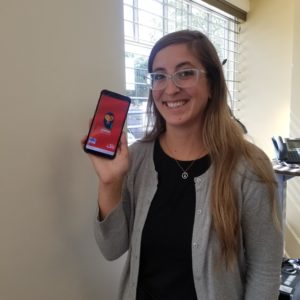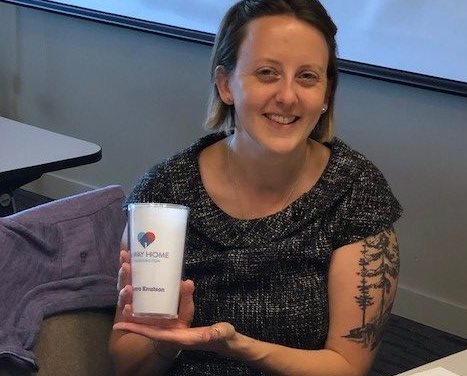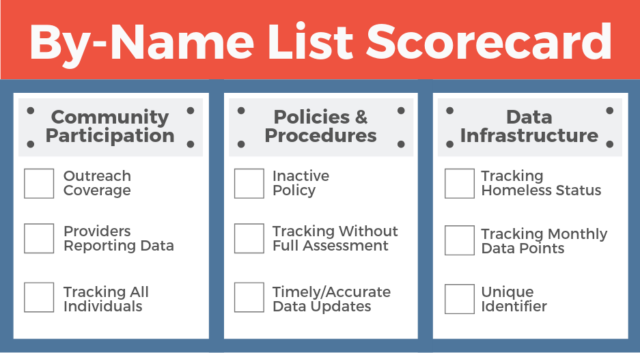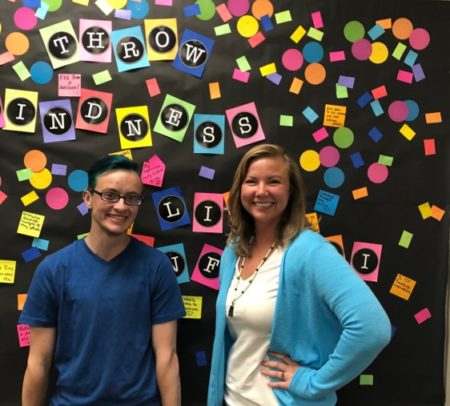Working with schools is critical to ending youth and young adult homelessness. Megan Johnson joins the Anchor Community Initiative as the Student Stability Manager to create and implement a schools strategy. Megan tells us why this issue is so important to her, and why we need to work with schools to achieve our mission.
Throughout my career, I’ve always been interested in empowering people. As an addiction counselor, I wanted to empower my clients to take the steps they needed to live the lives they wanted. When I went back to school for a Master’s in Public Administration, I was driven by my belief that effective policy driven by the voices of those who are impacted can empower entire communities.
My graduate program required a Master’s thesis, and at first I thought my thesis would be about equity in the workplace. I wanted to focus on wages, and how they had not kept up with the cost of living in the region over the past thirty years, leading to homelessness, poverty, and a host of other social problems. That was my plan up until the very day we had to discuss our thesis topics in class. I remember I was driving to Seattle University and I was sitting at a stoplight on James Street, listening to a story on NPR about students experiencing homelessness in Washington State.
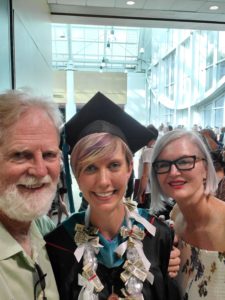
The story started talking about Schoolhouse Washington data, and how around our state approximately 40,000 youth ages 12-18 are experiencing homelessness on any given night. Maybe I was tired after a long day, or maybe the topic just hit close to home, or most likely both, but I started crying. To me, that statistic was unacceptable. We cannot allow tens of thousands of children and youth to live without a stable place to call home during their formative years. So, on my way to class, I decided to change my thesis topic and focus on student homelessness instead.
As I worked on my thesis, I saw firsthand how deep inequity runs in our systems. Across different school districts, schools around the state vary wildly in their resources to support students experiencing homelessness and in their capacity to apply for grants. These disparities lead to vastly different outcomes for students of color and students in rural communities – Schoolhouse Washington recently reported that six out of ten students experiencing homelessness are students of color, and that students in rural areas experience homelessness at a higher rate. These appalling statistics propel me. They drive me to devote my work to this issue because students of all races, ethnicities, gender identities, religions and housing circumstances deserve equitable access to education.
To end youth and young adult homelessness, we need to work in partnership with the school system. Many times, school is the only constant place for students experiencing homelessness. We need buy in from all levels, from superintendents to McKinney Vento liaisons. My work will focus on developing strategies to work with all these important stakeholders at every stage of the Anchor Community Initiative. As we continue to work towards quality, real-time data, it is imperative to work with schools to ensure unaccompanied students experiencing homelessness are included in the By-Name List. Once we have quality data and we begin working on reducing homelessness, we need to partner with schools to implement improvement projects that will reduce student homelessness.
I’m excited to be part of a project with a data-driven approach. Student homelessness exists in every community in our state, and data will help everyone in our state understand that. I am optimistic that our state cares for young people, and that the community will rally to improve outcomes for all students. It is up to every person in Washington state to improve outcomes for all youth and young adults.


